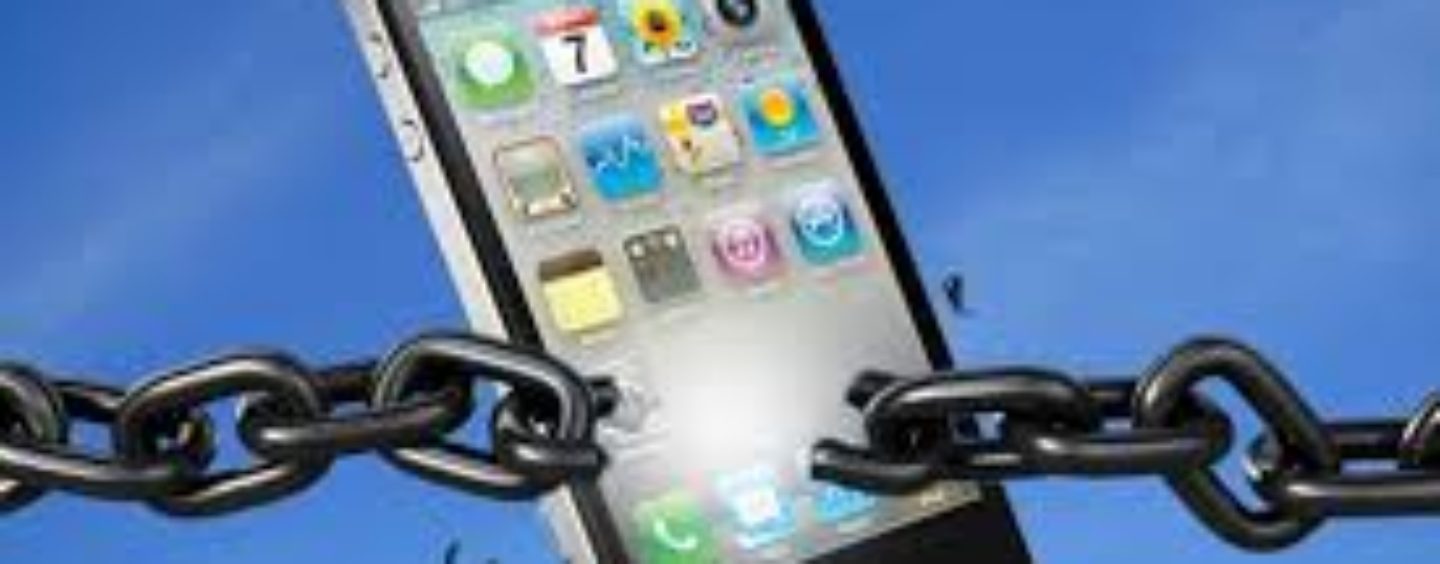Now you can outsmart hackers with this one trick to avoid an iPad or iPhone virus. Several million users own the iPad or iPhone, which stores their personal photos, contacts of friends and family, along with your entire data base of emails and of course your GPS location, which is why this particular virus is dangerous to all users.
Jailbreaking. What is “jailbreaking”? It’s an off-warranty option for tinkerers and techies to unlock under-the-hood options on iOS devices.
Jailbreaking helps protect against your email messages, such as bills from utilities and insurance carriers and financial communications from your bank and credit cards, all of which the hacker has access to and ways around your unprotected security to hack in and steal your identity, wipe out your existing accounts and set up new ones to ring up thousands in debt that will show up on your credit report that lenders will expect you to pay back.
Anyone who uses Apple gadgets probably already knows that Apple runs a pretty tight ecosystem. iOS only runs on Apple hardware and Apps are only available from the Apple App Store – unless your gadget is “jailbroken.”
But some folks want their phones to do even more. When you first get a new iPhone, it comes preloaded with apps and programs that are difficult and sometimes impossible to remove.
Some people get frustrated with their phones, and others find a way around the restrictions. Getting around these software restrictions is called jailbreaking your phone.
And jailbreaking your iPhone could do more damage than you bargain for. For example, a jailbroken app called KeyRaider allowed data from more than a quarter million accounts to be uploaded to a database, including users’ Apple passwords. Scarier still, KeyRaider also lets hackers lock the iPhone or iPad remotely and demand a ransom from the user.
This is yet another reason we strongly encourage you not to jailbreak your iPhone or iPad. KeyRaider primarily affected iPhone users in China, but malware attacks can come anywhere at any time.
So lesson number one is, don’t jailbreak your iPhone or iPad. But don’t get too confident yet. Even stock, non-jailbroken Apple gadgets have been vulnerable to hackers.
As iPads and iPhones have gotten more sophisticated, most users have been pretty confident that their information is secure.
But that confidence bubble keeps bursting as we hear more and more cleverly designed malware targeting iPhones and iPads. All of which would be pretty handy for a government trying to crack down on pesky protesters.
Just last year, a major security hole was found that could allow an attacker to take control of an iPhone with just a single text.
This threat, named “Trident” by security firm Lookout and internet watchdog Citizen Lab, can reportedly turn any iPhone into an espionage tool by installing sophisticated spyware.
This exploit chain was uncovered when UAE human rights defender Ahmed Mansoor’s iPhone was targeted with texts containing malicious links. Thankfully, instead of clicking the links, Mansoor forwarded the messages to Citizen Lab researchers.
According to the security researchers, once an iPhone is infected, attackers could turn the device into a “digital spy.” The attackers could then use the iPhone’s camera and microphone to “snoop on activity in the vicinity of the device,” record calls, log messages and texts, and track movement.
The bug was already patched by Apple, but this attack illustrates how a simple message can be used to steal valuable information from iOS users, in this case, sensitive data from an activist.
But if you are unknowingly tricked into installing malware, and you are completely unaware that it is stealing your personal information, how can you tell if your gadget is infected?
RELATED: New Whatsapp Money Scam
How do you know if your iPhone or iPad is infected?
Let’s break this question down into two parts. What have you done with your Apple gadget, and what, if any, symptoms does it have?
First, is your gadget jailbroken? Jailbroken gear bypass Apple’s tight security, exposing your gadget to whatever hackers think of next – and you probably won’t have to be a Hong Kong protester to get hit. My personal preference is to not jailbreak my Apple gadgets, but if you choose otherwise, be extra careful out there!
Next, does your phone have any symptoms of an infection? Here are some symptoms you could see if your gadget is infected with a virus:
- Data usage – One thing you will notice if your gadget is infected with a virus is a large increase in data usage. A virus can eat away at data so you should compare the last few monthly statements from your cellphone provider. If you notice a huge spike in data usage, there’s a good chance your gadget is infected.
- Crashing apps – If you have a virus on your gadget, most likely apps will no longer function properly. They will crash continually while you try using them.
- Pop-ups – While surfing online with the Safari browser, you might see pop-up ads all over the place. This could be the result of an infected gadget.
Please know that a quirky app is not a sure sign of a malware infection. But if you have run apps from third-party app stores or risky websites, and they have not functioned as expected, then I recommend you err on the side of caution.
If you do suspect your iPad or iPhone may be infected with malware, don’t panic! However, you should take no chances. Instead, just follow these instructions to wipe your gadget clean and start over with factory settings.
- Use iCloud to backup your device and all personal data on it.
- Go to Settings >> General >> Reset.
- Tap “Erase All Content and Settings” to clear all apps and data from the device.
- Restart your iOS device and set it up again.
- Sign into iCloud when you set up your iOS device and restore your backed up data.
- If needed, download your apps again from the App Store.
You can also attach your iPhone or iPad to your Mac and use the “Restore iPhone/iPad” button in iTunes to factory-reset the device. The key to these steps is they clear out all programs on your iOS device, which may have been compromised, and replace them with fresh copies. Your data and files should all be preserved, though you might lose some application settings.
If you suspect that restoring your phone to factory settings didn’t do the trick, then feel free to take the phone to Apple’s Genius Bar. They have system-scanning software that detects and removes any hidden files.
Are you a victim of fraud or money scam? Share your story with us on the Money Credit and You Facebook page!
Original article published on www.komando.com.





